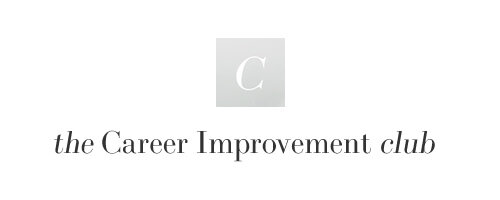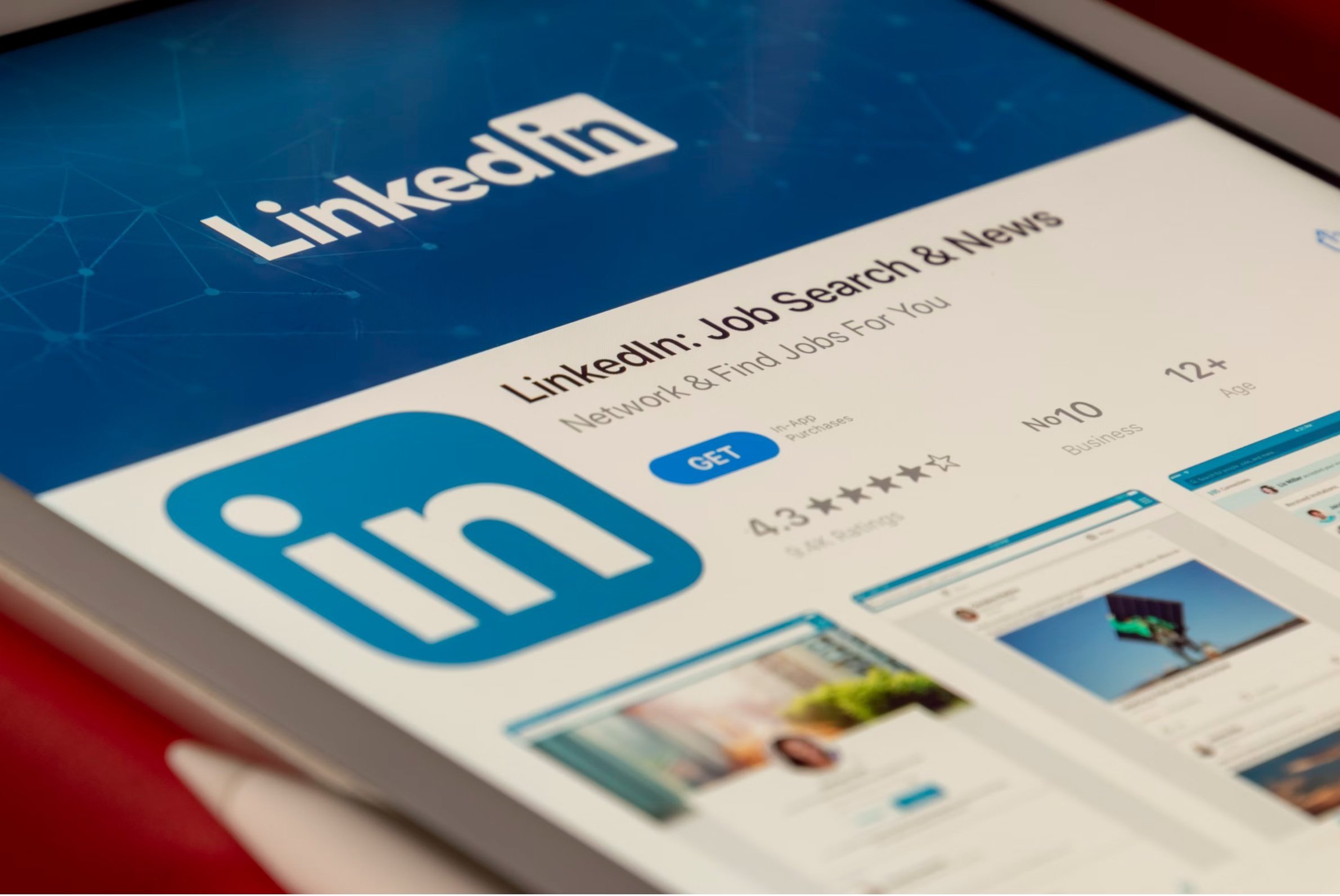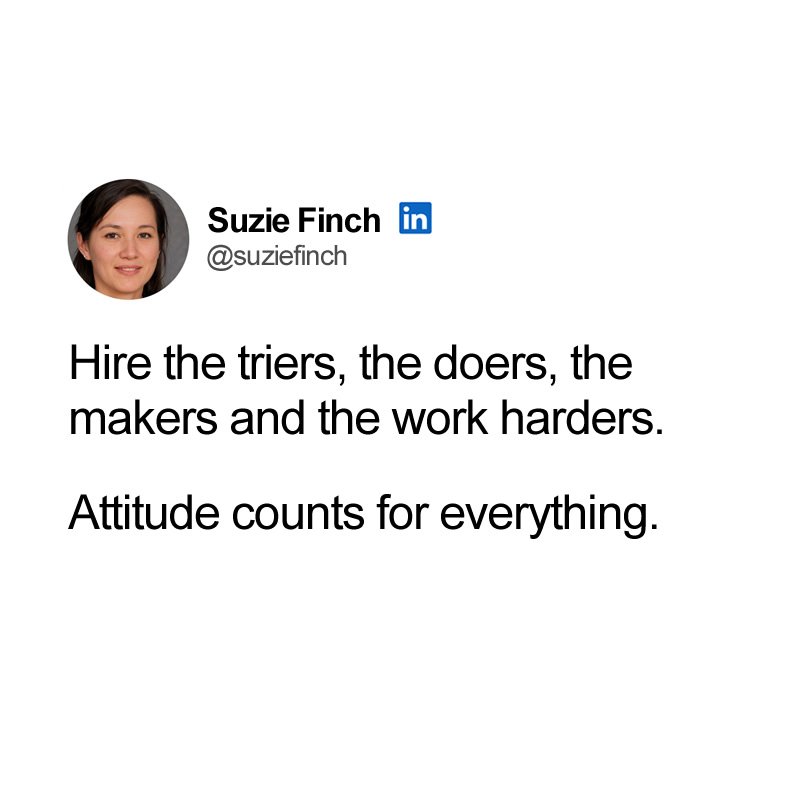A strong LinkedIn profile is good for two reasons, firstly it will help you get noticed and secondly it compliments your CV / Resume, reassuring employers that you are the best hire for their job.
93% of employers check social media profiles before making a job offer so don’t overlook the importance of getting your LinkedIn profile right.
Over the course of this article we’ll cover what it takes to stand-out on LinkedIn. We will delve into how to make the best LinkedIn profile and give some helpful tips and tricks for experienced job searching professionals as well as students just starting out along their job search journey.
What’s In…
Quick Intro.
Why It Is Important To Have A Good LinkedIn Profile.
Creating a First-Class LinkedIn Profile.
LinkedIn Tips for Job Seekers.
LinkedIn Tips for Students.
Quick Intro…
Professionals in the workforce should have heard of LinkedIn. It is a networking site dedicated to individuals and businesses and at the time of writing has over 710 million members in 190 countries.
Serving as a hub for your experience and skills, whilst networking with other working professionals in your industry, you need to ensure it is kept up to date with relevant information and looks professional.
With so many companies looking for individuals with specific skill sets, it’s a hive of activity among recruiters who spend huge swathes of time searching on LinkedIn for the perfect candidates. Keeping your profile fresh with experience, skills and a profile image allows more companies to find your profile when they search for specific people for their job role.
First impressions count.
Why It Is Important To Have A Good LinkedIn Profile.
1. TO STAND-OUT FOR EMPLOYERS AND RECRUITERS
Many recruiters and employers will use LinkedIn as their primary talent attraction source but not in the traditional advertising sense, they utilise powerful LinkedIn search tools to find and headhunt for their next employees.
With the right approach it is possible to create a LinkedIn environment where the opportunities come to you. Imagine that - no more job searching! But LinkedIn is a crowded and competitive place so you’ll need that profile looking absolutely tip top to generate the best results (more on that later).
2. TO CREATE A CREDIBLE PERSONAL BRAND
LinkedIn has the capability of establishing trust between the recruiter, employer, and potential employee. With users being able to give recommendations, endorse skills and display a bank of previous work experience linked to company profiles, there are plenty of opportunities for you to showcase credibility.
A completed LinkedIn profile allows employers to delve deeper into the professional you, gauging your worth and how valuable you have been to previous companies.
LinkedIn acts as your professional branding. It is your way of marketing your expertise.
3. TO NETWORK EFFECTIVELY
A good LinkedIn profile enables you to connect to more people and more of the right people. The more active you are on LinkedIn with up-to-date information, profile picture and activity, the more connections, followers and introductions will come your way.
Posting frequently will enable you to build your portfolio of contacts, the aim is to post and interact with engaging content that enhances your overall brand which will then in turn open up relevant connections and possibilities. As the old saying goes “birds of a feather flock together”.
Creating A First-Class LinkedIn Profile
Whether you are just embarking on your professional career, or are an already established LinkedIn Expert premium member, below are some up to the minute tips to keep things looking fresh, productive and relevant.
The aim is to create a consistent personal brand in line with your values to reinforce your suitability in the eyes of employers.
MAKING HEADLINES
If recruiters spend only 6 seconds reading an entire CV then they spend less than a single second reading your LinkedIn Headline, your headline is the most visable part of your profile, it appears under your name within all search results and is often the deciding factor whether your profile gets viewed or not. Getting this right will open the door to more clicks and more opportunities.
7 TIPS FOR WRITING YOUR LINKEDIN HEADLINE
Reflect the language used by your target audience.
Don't brag or boast, be humble and honest.
Use keywords that your target audience will be searching for, it's OK to include current and desired job titles.
Also include terms like "Available for hire" or "Open to work" to make recruiters clearly aware you are available.
You have 220 characters / 50 words to describe yourself, for maximum impact fill up the space.
Search other profiles similar to yourself to get inspiration, however don't copy, it's important to be unique.
The first 50 characters of your LinkedIn Headline are the most important, this is what displays on smaller browsers and mobile phones. (followed by a ...).
OPTIMISE YOUR LINKEDIN ABOUT SECTION
The LinkedIn "About" section (also know as a LinkedIn Summary) is a 2000 character free form text area that gives you free licence to explain who you are. Unlike the professional summary on your CV/Resume the best LinkedIn examples focus on personality, providing a softer, more informal introduction.
Your LinkedIn profile is not your CV, think of it as an extension to your skills and experience that allows employers and recruiters to delve deeper into you "the candidate" and "you the person".
LinkedIn = Informal - Softer Introductions / Personality / Industry.
CV / Resume = Formal - Professional / Skills / Employment History.
Of the 2000 characters the first 300 are the most important as these are the ones visable on a standard computer screen above the fold of the ...See More link. With mobile devices it's even tighter as this will only display the first 90 characters.
It's important to keep length in mind when writing your LinkedIn About / LinkedIn Summary Section, try to split your text into two paragraphs, the first a punchy elevator pitch (with personality) that's less than 300 characters but still makes sense at 90, followed up with longer additional info (including key terms and skills) that provides a more in-depth overview.
TIP: Include your industry and location in the introduction of your LinkedIn profile. Including your industry equates to 38x more discovery by recruiters according to LinkedIn data. A further 19x more profile visits with occur by including your location.
LOOK & FEEL
You pay close attention to your CV to make it stand-out and dress smart in job interviews to appear professional, your LinkedIn profile also plays an integral part in your selection process. Just like with anything work-related the look, feel and aesthetic of your LinkedIn profile is a reflection of yourself and goes a long way to making a strong first impression.
// Photo - Use a photo that shows your face, a head shot is great. Aim to appear friendly and approachable.
// Banner Image - Using a picture of a city skyline or not even having a banner at all is not going to cut it. Aim for images, designs and text that reflect your ambitions and industry.
These LinkedIn Banners for jobseekers are a good start, they are bright, colourful and deliver a clear message (example below).
Your banner image is valuable real estate so make it count!
// LinkedIn URL / Slug - A URL with a ton of random digits isn't a good look, customise your LinkedIn URL so it's both memorable and on brand.
Click on the 'Me' icon. From the drop-down select 'View profile'.
Click 'Edit public profile & URL'.
From the 'Edit URL' tab, click the small pencil icon next to your current URL.
// LinkedIn Image Size Guidelines
As a guideline here are the image sizes for your LinkedIn graphics…
REFERENCES & RECOMMENDATIONS
With LinkedIn you have the ability to showcase public recommendations, opinions and comments on your work. Fear not, it's not a free-for-all, as you have complete editorial control on what gets shown and what sits in pending.
Publicly displaying your testimonials and recommendations adds credibility to your profile and you as an employee. A profile with loads of positive recommendations looks excellent and LinkedIn etiquette dictates that it's fine to ask so our advice is to fill your boots.
Who to ask for a LinkedIn recommendation:
Past & Current Employers / Managers.
Past & Current Work Colleagues.
Teachers & Mentors.
Volunteering & Community Contacts.
Friends and family (a little cheeky, but a good way to boost numbers if you're just getting started).
For best response rates ask for references as you go, this way you'll get more replies and more relevant references.
LinkedIn Tips For Job Seekers
Unlike traditional job platforms (Indeed, Monster, Reed etc.) LinkedIn is an open platform where employers can contact you whether you are interested in moving jobs or not.
In the recruitment world candidates are referred to as either Active or Passive:
Active - Those who are "active" in the job market and applying to roles.
Passive - Those who are "in-active" and not actively looking for work.
Traditional recruitment platforms generally cater for just active jobseekers, whereas LinkedIn allows employers to target both active and passive jobseekers.
As an active jobseeker you need to maximise all opportunity that comes your way, whether it's a potential employer stalking you after you've made a job application or a recruiter chancing upon your profile after completing a search.
To create the best chance for yourself you need to ensure your profile...
Shows personality.
Features high quality, optimised images.
Is up to date and correlates with your CV / resume.
Is keyword optimised (well researched headline and about us keywords).
In addition to this you should:
STAY RELEVANT
It is important to tailor your profile to the people who you want reading it. How does the saying go "Appeal to everyone and you'll appeal to no one", the key to a strong LinkedIn profile is to keep things focused towards your sector and specialisms.
A useful exercise is to isolate who your target audience is, build a dream list of your 50 ideal LinkedIn contacts (i.e. the people you want to work for) and then...
Follow them.
Follow the people they follow.
Comment on their posts.
Write similar posts.
Post frequently.
Make connections with employers.
Approach contacts directly regarding openings.
Within a short period of time the magical LinkedIn algorithms will determine that you are a relevant active profile posting relevant content and will start to promote your posts within the feeds of the relevant people you want to target - magic!
This technique works a treat, but remember, this approach is all about targeting, make sure that all the content on your profile has a reason for being there. Irrelevant content that targets a sprawling network of irrelevant people won't work.
UPLOAD YOUR CV / RESUME / COVER LETTER
For a Recruiter nothing says I’m looking for work more than an uploaded resume / CV to your LinkedIn profile. To showcase your documents navigate to the "Featured" section and click the edit link and upload.
It’s also a really handy online place to point people who ask for your CV / resume.
Obviously we wouldn't advise this technique if you haven't informed your current employer of your impending resignation yet.
Make a CV that you’d be proud to show off… CV Templates
UPDATE YOUR COMMUNICATIONS
Your LinkedIn profile URL should feature in all communications you send out. This includes:
Personal email signatures.
Work email signatures (if they allow).
Your CV / resume & cover letters.
Other social media accounts.
Business cards.
Make your LinkedIn profile the central hub for all your recruitment activity. The main benefit for this is that you can see exactly who looks at you…
CHECK WHO SNOOPS
Unlike a CV LinkedIn can provide insight into who is actually looking at you and your profile. Access to this data is available with a premium account at a charge, however, LinkedIn does offer a free 1 month trial which for most jobseekers is enough time to get glean some really useful insight and make some cool connections.
Look at the profiles of the people who are looking at you and...
Follow the relevant ones
Connect with any that you've approached before
Research the companies they work for and check for vacancies
Network with their connections to deep dive into other relevant profiles
LinkedIn Tips For Students
You'd be mistaken for thinking that LinkedIn is just another social media platform or an exclusive membership club for established professionals. In-fact quite the opposite, students form an important part of the platform's future and are earmarked as a key growth area by LinkedIn.
If you're entering the job market for the first time a LinkedIn profile is an absolute must. Used by all the best employers across the globe, LinkedIn will open doors, connect you with amazing people and boost your career. Where to start?!
ADVANTAGES FOR STUDENTS
Become part of educational alumni networks straight out of school (build on an excellent network already).
Receive recommendations and endorsements early on in your career (perhaps from professors or volunteer work).
Build a solid network from a young age (the more connections you have the more likely a dream job comes up).
Align your approach within a platform that employers use daily.
Build an understanding of how commercial environments operate.
The ability to research career paths.
EXPERIENCE COMES IN MANY DIFFERENT FORMATS
Although you may not have much in the way of commercial employment history, experience manifests itself in many different ways, it's just about demonstrating what you do have in the right way.
Here are a few creative suggestions to demonstrate to employers you have tenacity and transferable skills:
Volunteer Work
Placements & Internships
Weekend or Part Time Work
Fiverr / Freelance / Side Gigs
Duke of Edinburgh
Travelling
Community Projects
Each of the above give you an opportunity to talk about skills and experience you’ve gained.
FIND A MENTOR
A well planned career can offer up so many benefits, it allows you to forecast which paths to take at which points in time, it also allows you to identify and connect with experienced professionals “mentors” who may be 10 years ahead of where you are now.
By building relationships with mentors you’ll open doors to the ideas, people and skills needed to advance your career quickly.
A LinkedIn mentor will be able offer help assistance and guidance to you when situations arise. Most professionals are more than open to a small amount of mentoring (emphasis on small) to help budding students progress.
Steps to get a mentor on LinkedIn:
Understand what your career looks like by completing a career planner.
Research your career path on LinkedIn.
Connect with individuals 10-15 years ahead of you on your career ladder.
Engage with their content.
Build conversations slowly over 2-3 months.
Ask the most reactive contacts if they are open to a one-to-one mentoring conversation (most people find this a flattering request and will be glad to help).
Prepare your questions in advance
Build relationships / conversations over time.
Thanks for reading and feel free to connect with me on LinkedIn here: https://linkedin.com/in/suziefinch
Article updated on: 09/05/24











